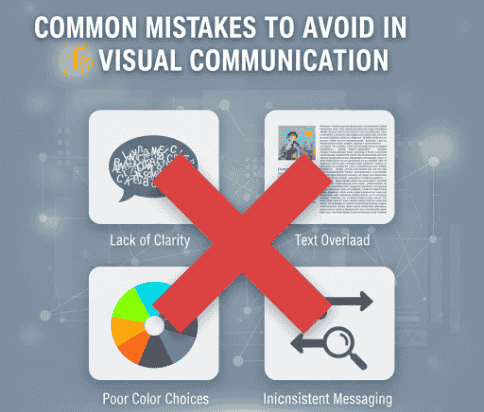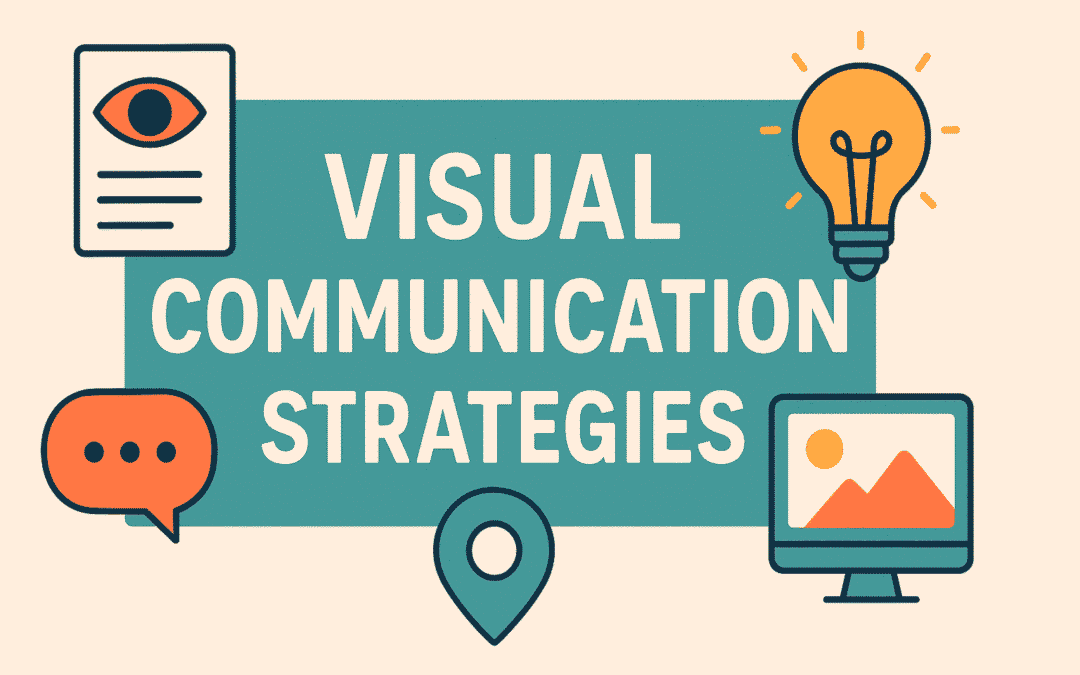Table of Contents
- Introduction
- What Is Visual Communication?
- Why Visual Communication Matters in Branding and Marketing
- Key Visual Communication Strategies
- a. Consistency in Brand Identity
- b. Choosing the Right Typography
- c. Using Colors with Purpose
- d. Visual Storytelling
- e. Designing for Digital Platforms
- Fonts That Enhance Visual Communication (from RaisProject)
- Common Mistakes to Avoid in Visual Communication
- Conclusion
- References
1. Introduction
In today’s fast-paced digital world, visual communication strategies play a vital role in how brands connect with their audiences. From logos to packaging to social media design, visuals often speak louder than words. Research shows that 65% of people are visual learners, meaning that a strong design can significantly influence customer perception and buying decisions.
This article explores effective strategies for visual communication and how you can implement them to strengthen your brand.
2. What Is Visual Communication?
Visual communication refers to the use of design elements—such as typography, color, images, and layout—to convey messages and evoke emotions. It’s not just about making things look attractive; it’s about crafting a consistent message that resonates with your audience.
Whether it’s a company’s logo, website design, or marketing campaign, strong visual communication can bridge the gap between a brand and its customers.

3. Why Visual Communication Matters in Branding and Marketing
Visuals influence how customers perceive value, trust, and professionalism. According to studies, people form a first impression about a brand within 50 milliseconds based on design alone. Effective visual communication can:
- Increase brand recognition
- Enhance customer trust
- Improve user experience (UX)
- Drive higher sales conversions
4. Key Visual Communication Strategies
a. Consistency in Brand Identity
Consistency is essential. Your brand logo, colors, fonts, and imagery should work together across all channels. A consistent visual identity strengthens recognition and trust.
b. Choosing the Right Typography
Typography is one of the most powerful elements of design. The right font can set the tone of your brand—professional, playful, or luxurious. For example, playful handwritten fonts are perfect for lifestyle brands, while sleek modern fonts work best for tech companies.
Check out these fonts from RaisProject:
- Bright Lovely– a cute handwritten font ideal for lifestyle or beauty brands.
- Boldest– a strong and modern typeface, perfect for impactful branding.
- Bellanova– elegant yet approachable, great for visual identity in events or packaging.
c. Using Colors with Purpose
Colors evoke emotions and influence decision-making. For instances:
- Red → urgency and excitement
- Blue → trust and reliability
- Green → eco-friendly and balanced
Using a strategic color palette ensures your brand communicates the right message.
d. Visual Storytelling
Storytelling through visuals is more effective than long text. Infographics, illustrations, and photography can simplify complex ideas and make them more engaging.
e. Designing for Digital Platforms
Visuals should be optimized for websites, social media, and email campaigns. Responsive design and high-quality images are key to retaining attention.
5. Fonts That Enhance Visual Communication (from RaisProject)
Typography is a core component of visual strategy. Fonts influence how your message is perceived, making it crucial to select styles that reflect your brand identity.
Here are a few recommendations from RaisProject Fonts:
- Kid Scout Display Font – fun and playful, perfect for kids or creative brands.
- Empty Megazine Font – bold and textured for retro-inspired branding.
- Royal Estelle Font – stylish, sleek, and perfect for luxury products.
By integrating unique fonts into your design system, you create a memorable and professional brand identity.
6. Common Mistakes to Avoid in Visual Communication
- Overloading designs with too many fonts or colors
- Ignoring mobile responsiveness
- Using low-quality images
- Inconsistent branding across channels
Avoiding these pitfalls ensures your visual strategy remains effective and cohesive.

7. Conclusion
Visual communication strategies are no longer optional—they are essential for branding and marketing success. From typography and color choices to storytelling and consistency, every element plays a role in how your audience perceives and interacts with your brand.
By combining smart design principles with high-quality fonts like those available at RaisProject, businesses can build stronger connections, enhance trust, and ultimately drive more sales.

